Are immersive art exhibits even art?
More and more prominent in recent years, immersive art exhibitions have popped up on all corners of the globe, revolutionizing the way people both interact with art and how curators think about building an experience. Art exhibitions of the past were limited to paintings and sculptures that, in many cases, created an unapproachable and intimidating display. The public, in many ways, felt awkwardly out of the “art loop”. As art dealers, we have heard the tepid whimper “I don’t get it” from friends perusing exhibitions more than we can count.
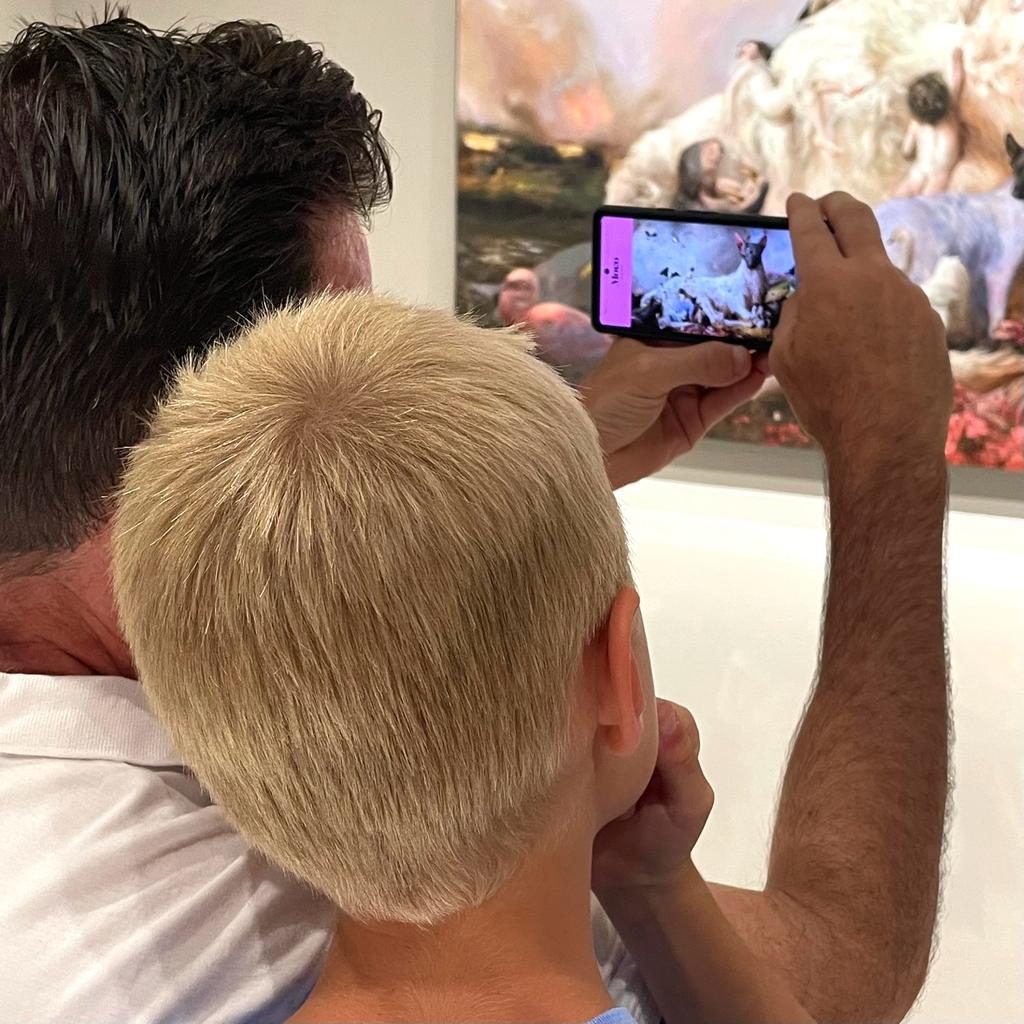
Over the past decade, immersive art exhibits have supercharged an insatiable public who is thirsty for the next “Instagrammable” thing. These exhibitions have become an extension of what the street artists of the 70’s and 80’s were doing; pushing boundaries to make art accessible to the public…not just to the select few who could afford, or understand, it.
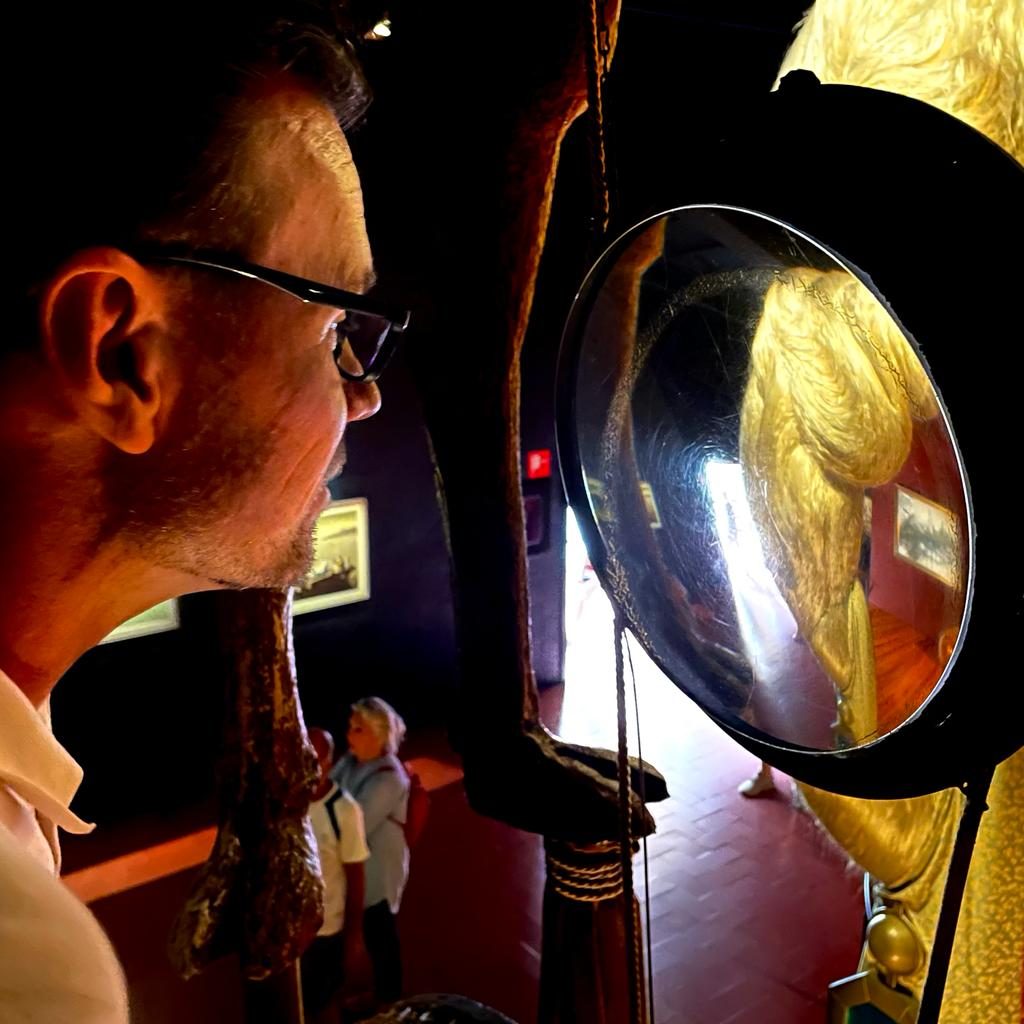
That being said, immersive art installations are not actually a new concept. Spanish master Salvador Dali’s “Mae West’s Face which may be used as a Surrealist Apartment” was one of the first truly interactive art exhibits, created in 1936. The installation featured a group of furnishings which, when viewed through a large lens at a particular angle, created a giant face of Mae West, with ruby red lips which were a shaped sofa. This changed the way an exhibition could surround the viewer and transport them wholly into another dimension. We had a chance to visit the installation in the artist’s museum in Figueres, Spain last summer, and the ole gal did not disappoint.
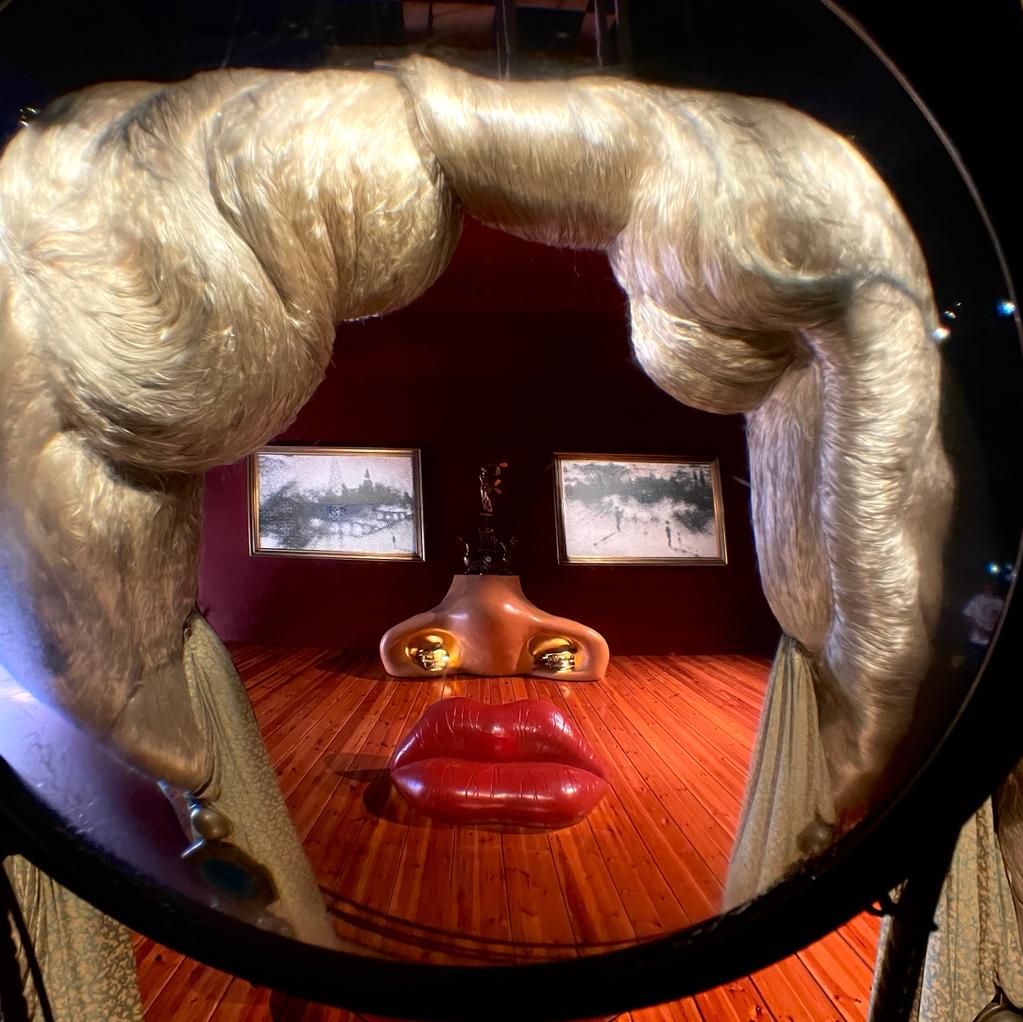
Curators are now challenged to think even further outside the box, actively encouraging viewers to pull out their cellphones, take photos and use QR codes to access additional content. Finally, this engaging environment initiates a dialogue for younger guests who might not normally interact with, or dedicate their headspace, to art. For our selfie-obsessed culture, immersive art experiences allow people to feel the need to be included in the art itself. They are no longer outsiders looking in….they ARE the art.
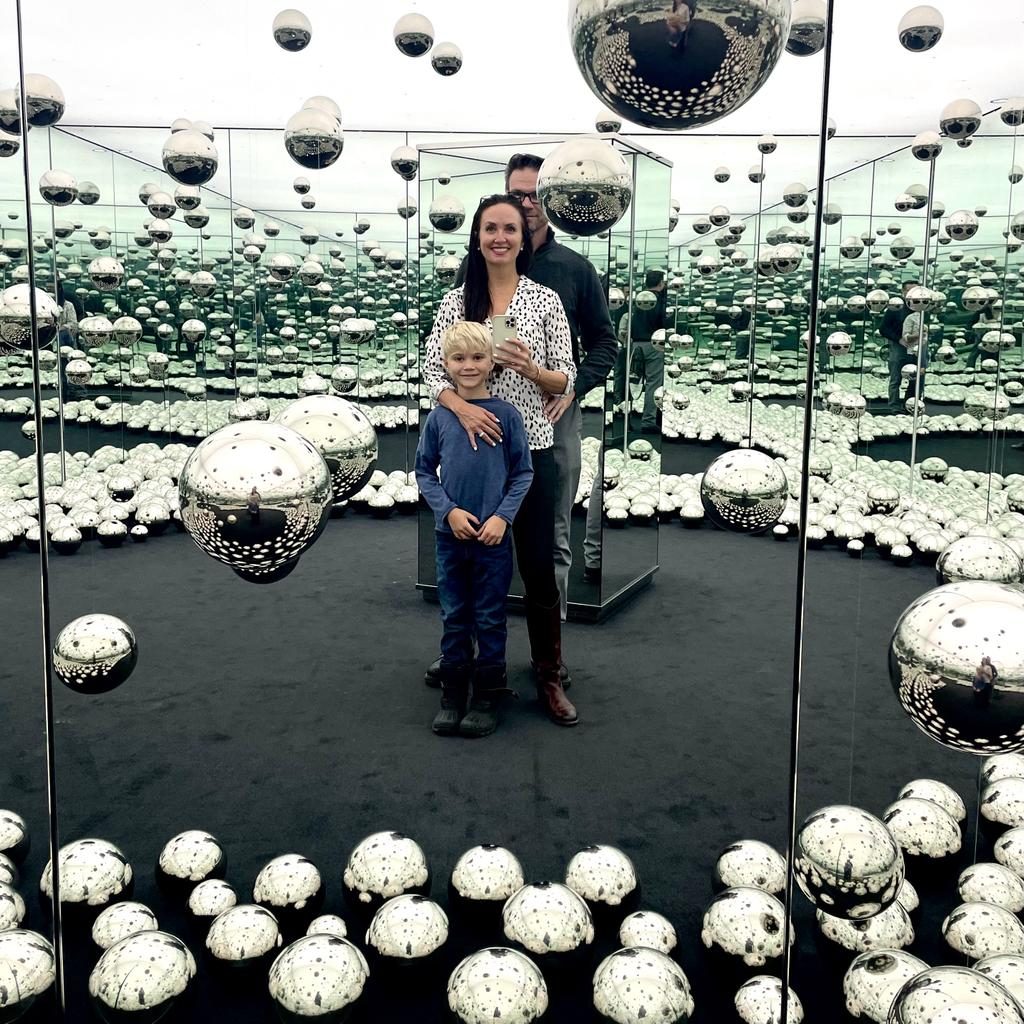
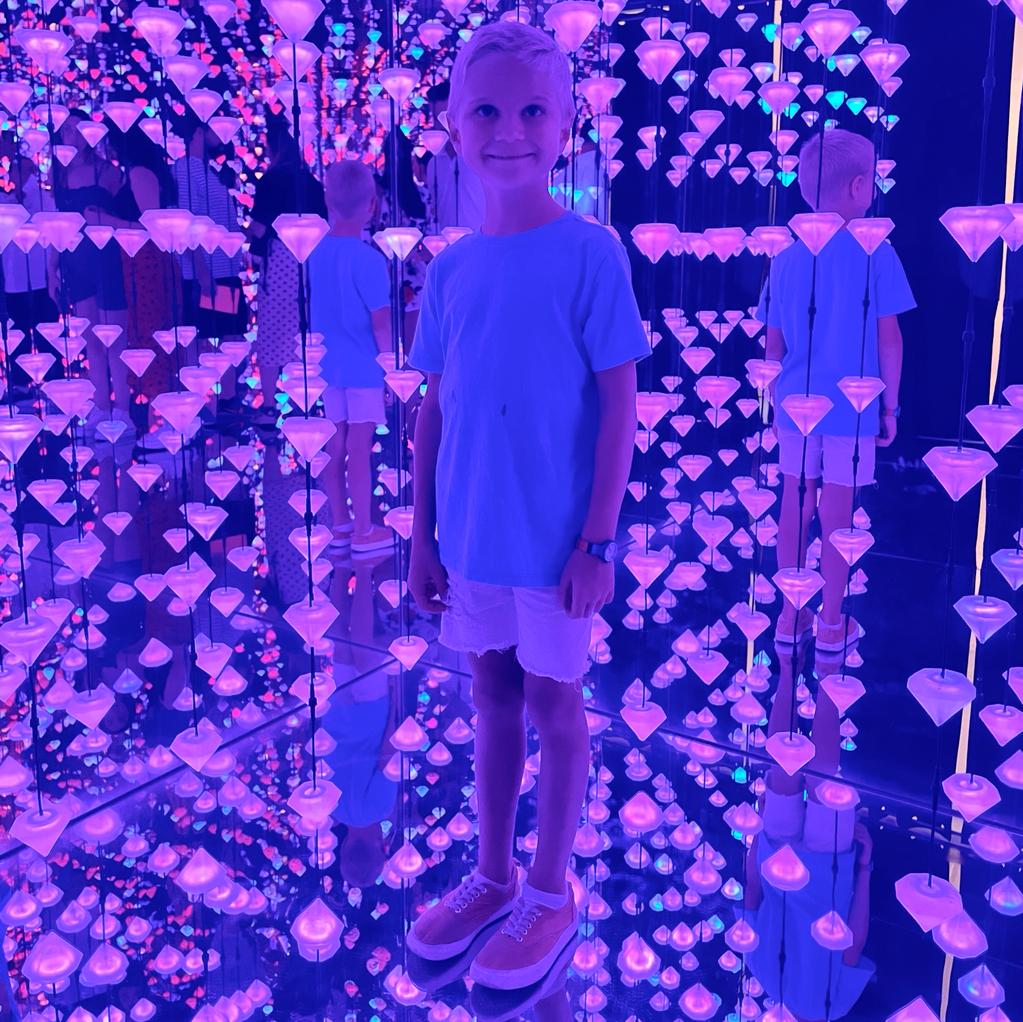
One of the most famous recent immersive art installations is Yayoi Kusama’s Infinity Rooms. These rooms feature mirrors on all sides and site-specific lighting which allow visitors to enter a seemingly infinite space. Similarly, POP artist Mr. Brainwash’s interactive museum in Beverly Hills features dozens of interactive art exhibits visitors can walk through, sit on, take photographs with and become a part of. This encourages an innovative form of organic user-generated marketing as well, as users will often use location tags and hashtags to let their own audiences know where to visit in order to have a similar experience themselves. Old masters such as Gustav Klimt, Van Gogh, and Claude Monet are now accessible to everyone, not just people with the means to hop on a plane and visit museums in Vienna, Amsterdam and Paris.
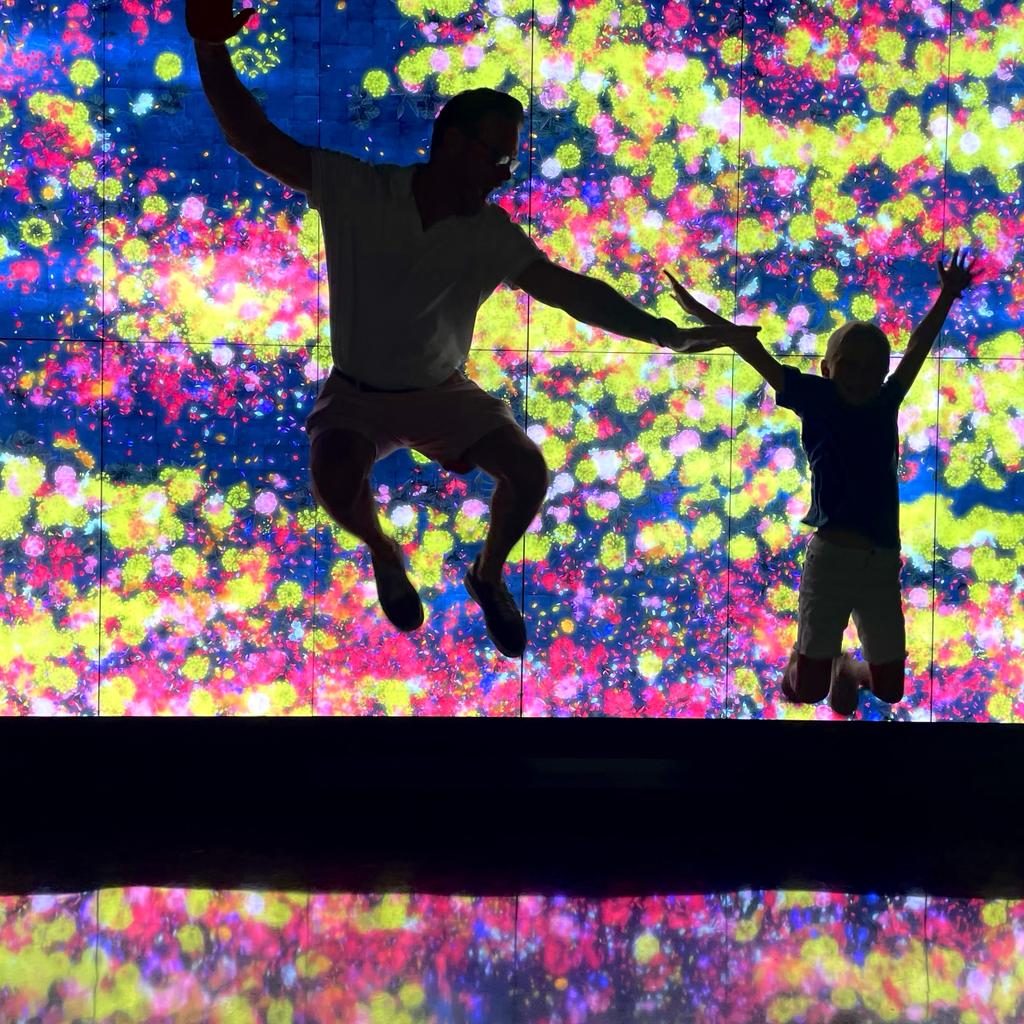

Are immersive art exhibits even art? This old-guard art dealer thinks so.







